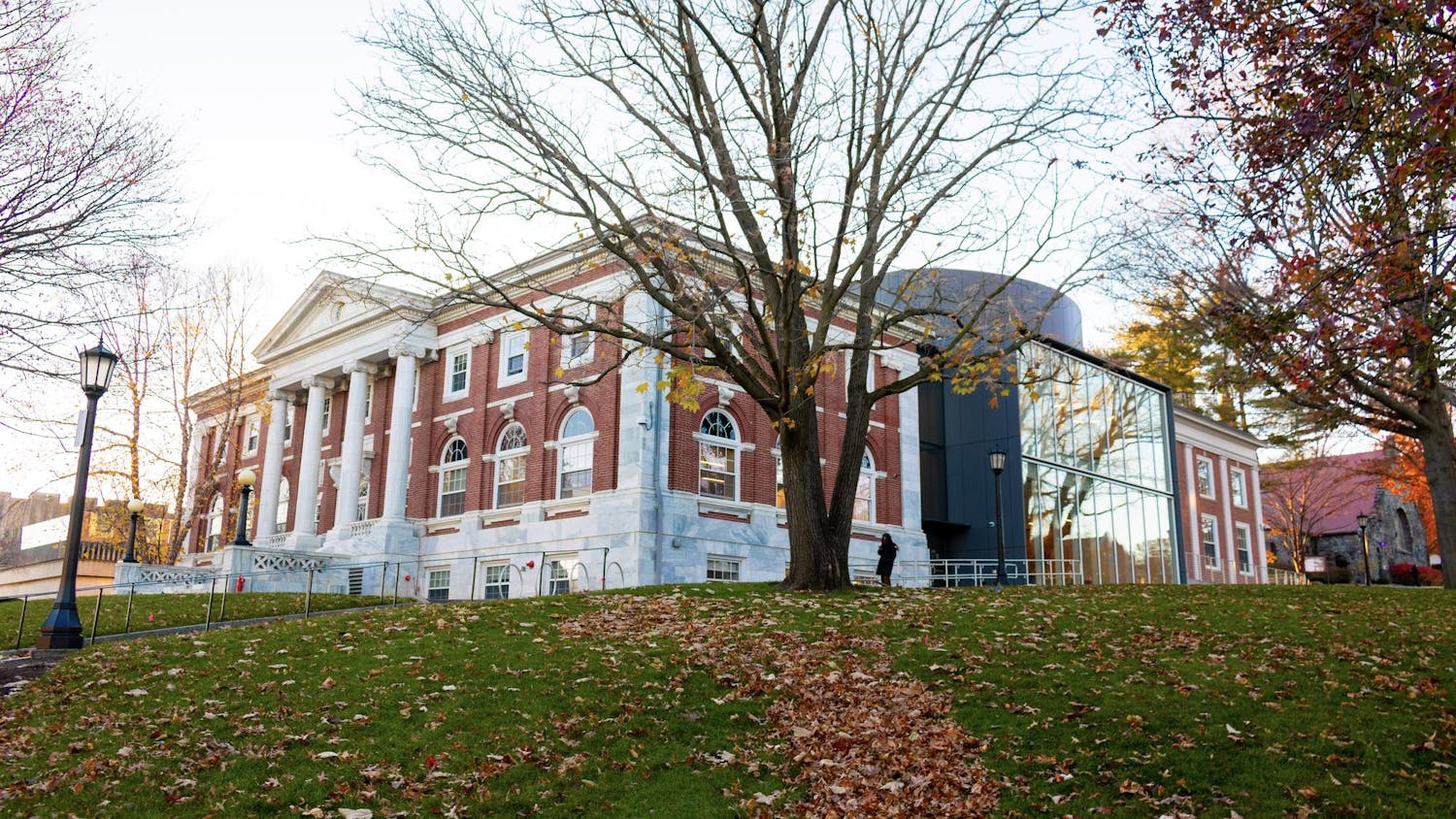Brasilia, the capital of Brazil, completed its construction in 1960 with the intent of using modernist architecture as a tool to forge a futuristic utopian society. The city was designed around urban planner Lucio Costa’s airplane-shaped “Plano Piloto.” A series of residential “superquadras” along the plane’s wings contained dwellings, hospitals and schools and were connected to government buildings in the airplane’s cockpit through central highways. Brasilia’s designers hoped to create an egalitarian city which could be inhabited by government ministers and blue-collar workers alike.
Unfortunately, Costa’s utopian dream has not been fully realized. Today, Brasilia is plagued by urban sprawl and class inequality, as most of the metro area’s residents live in lower-income satellite cities surrounding the capital. Although Brasilia’s designers considered car-centric urban planning to be futuristic, this planning is not compatible with sustainable urban design, which often features walkable, public transit-oriented urban planning. In the span of half a century, Brasilia’s novel design went from futuristic to antiquated.
Today, Brasilia deals with many of the same challenges as other Brazilian cities: unchecked sprawl, a shortage of affordable housing and congestion. Costa’s Plano Piloto was designed for 500,000 people, but currently, Brasilia’s metro area has nearly 5 million inhabitants. The vast majority of the city’s residents, including the bulk of the working class, live in 27 satellite towns surrounding the city center. This suburban ring arose without any overarching plan, and Costa’s balance between architecture and nature is nonexistent in these areas.
The capital’s founders hoped that Brasilia would become the first Brazilian city without favelas, or shantytowns, on urban peripheries built without regulation. However, the city’s very construction catalyzed the formation of Brasilia’s first favelas, as impoverished workers were forced to live in temporary settlements outside the city center. Today, Ceilandia, a satellite town in the greater city center designed to house these workers, contains the community of Sol Nascente, one of the largest slums in Latin America. Brasilia quickly outgrew Costa’s Plano Piloto, and the planner’s failure to predict this growth has meant that Costa’s utopian vision is nonexistent for most of the occupants of the metropolis that he designed.
Although the city’s car-centric design makes it an untenable model for environmentally sustainable growth, the present-day city is still dynamic and liveable, rather than a sterile relic of past utopian ideas. In fact, Brasilia’s Human Development Index is on par with that of wealthier countries like England and France. The wealth disparity between Brasilia and its satellite cities remains omnipresent, but residents of Brasilia enjoy living there, and most would not consider moving to another Brazilian city, according to Steffen Lehmann, the director of University of Las Vegas’ School of Architecture. Although Brasilia did not become an egalitarian metropolis that radically altered Brazilian society, the city can still be considered a moderate success, as its recent revival indicates that a functional, liveable city can be forged from modernist utopian design.





